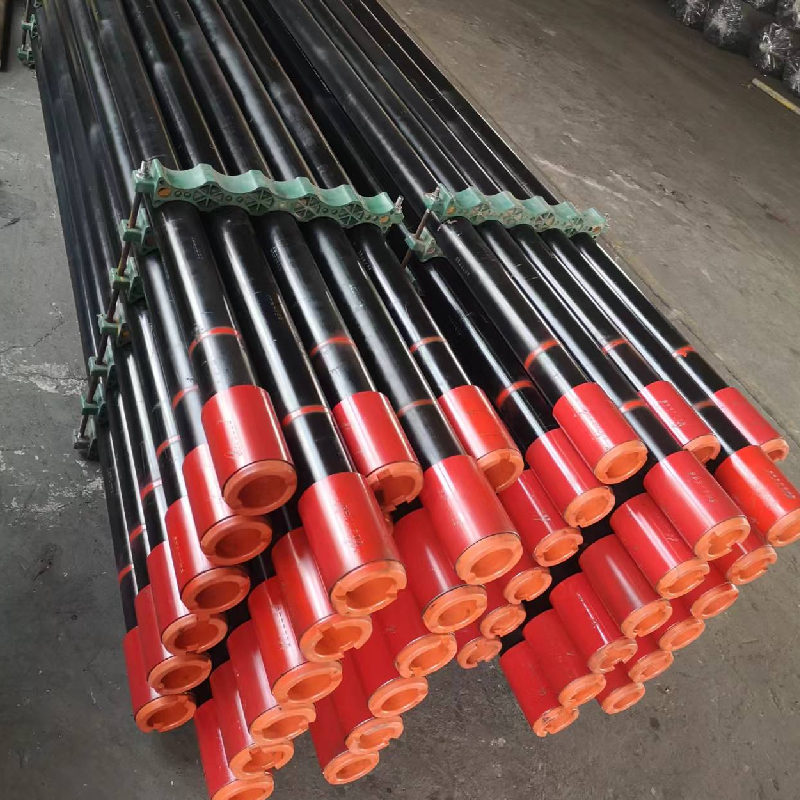- Afrikaans
- Albanian
- Amharic
- Arabic
- Armenian
- Azerbaijani
- Basque
- Belarusian
- Bengali
- Bosnian
- Bulgarian
- Catalan
- Cebuano
- Corsican
- Croatian
- Czech
- Danish
- Dutch
- English
- Esperanto
- Estonian
- Finnish
- French
- Frisian
- Galician
- Georgian
- German
- Greek
- Gujarati
- Haitian Creole
- hausa
- hawaiian
- Hebrew
- Hindi
- Miao
- Hungarian
- Icelandic
- igbo
- Indonesian
- irish
- Italian
- Japanese
- Javanese
- Kannada
- kazakh
- Khmer
- Rwandese
- Korean
- Kurdish
- Kyrgyz
- Lao
- Latin
- Latvian
- Lithuanian
- Luxembourgish
- Macedonian
- Malgashi
- Malay
- Malayalam
- Maltese
- Maori
- Marathi
- Mongolian
- Myanmar
- Nepali
- Norwegian
- Norwegian
- Occitan
- Pashto
- Persian
- Polish
- Portuguese
- Punjabi
- Romanian
- Russian
- Samoan
- Scottish Gaelic
- Serbian
- Sesotho
- Shona
- Sindhi
- Sinhala
- Slovak
- Slovenian
- Somali
- Spanish
- Sundanese
- Swahili
- Swedish
- Tagalog
- Tajik
- Tamil
- Tatar
- Telugu
- Thai
- Turkish
- Turkmen
- Ukrainian
- Urdu
- Uighur
- Uzbek
- Vietnamese
- Welsh
- Bantu
- Yiddish
- Yoruba
- Zulu
casing pup joint
Understanding Casing Pup Joints in Oil and Gas Operations
In the oil and gas industry, the integrity of drilling operations relies heavily on the use of various components that must withstand extreme pressures and harsh environmental conditions. One of these essential components is the casing pup joint. This article delves into the role, characteristics, and significance of casing pup joints in drilling and production processes.
What is a Casing Pup Joint?
A casing pup joint is a short length of casing pipe that connects two longer sections of casing or tubing. Typically measuring between 2 to 10 feet in length, pup joints are designed to accommodate various operational adjustments. They are essential in providing flexibility during the installation of casing strings, allowing for precise depth control and adjustments necessary to navigate the complexities of subterranean formations.
Functionality and Design
Casing pup joints serve multiple functions within the casing system. First and foremost, they help in achieving the desired length of the casing string, particularly when full-length casing sections cannot be utilized. This could be due to a requirement for additional space for specific tools or to accommodate geological irregularities encountered during drilling.
Moreover, pup joints are designed to maintain the structural integrity of the casing system while resisting the corrosive and high-pressure environments found within boreholes. Made from strong materials such as steel and often coated with protective layers, these joints can endure the physical demands of drilling operations, including vibration, thermal cycling, and pressure fluctuations.
Applications in Drilling Operations
casing pup joint

Casing pup joints find their primary application in several critical areas of drilling. For instance, they are often used in situations where additional casing must be added to a wellbore to facilitate the installation of completion equipment such as packers or control lines. Furthermore, pup joints come into play when there are discrepancies in drilling depth or when slight adjustments are required due to unexpected geological formations.
In cementing operations, pup joints can also be beneficial, allowing for the effective placement of cement behind the casing to secure it in place. Proper cementing is crucial as it provides support to the casing, prevents the migration of fluids between formations, and protects against wellbore collapse.
Significance in Well Integrity
Well integrity is arguably one of the most critical aspects of oil and gas operations. The use of casing pup joints contributes to maintaining well integrity throughout the life cycle of a well. Any compromise in casing integrity could lead to production failure, environmental hazards, or safety incidents. Therefore, the use of high-quality pup joints, alongside proper installation and monitoring practices, is essential.
Additionally, regular inspections and maintenance of casings, including pup joints, is necessary to identify wear, corrosion, or other potential failures. The evolution of technology, including the use of robotics and smart sensors, is aiding in the monitoring of these components more efficiently.
Conclusion
Casing pup joints play a vital role in the architecture of drilling operations in the oil and gas sector. Their ability to provide flexibility, structural integrity, and adaptability makes them indispensable in navigating the challenges of drilling and completion activities. As the industry continues to evolve, the importance of robust and efficient casing systems, including the strategic use of pup joints, will remain paramount in ensuring safe and successful hydrocarbon recovery. The ongoing advancements in material science and technology also promise to enhance the performance and durability of these essential components, thereby improving overall operational efficiency and safety in challenging environments.
-
Tubing Pup Joints: Essential Components for Oil and Gas OperationsNewsJul.10,2025
-
Pup Joints: Essential Components for Reliable Drilling OperationsNewsJul.10,2025
-
Pipe Couplings: Connecting Your World EfficientlyNewsJul.10,2025
-
Mastering Oilfield Operations with Quality Tubing and CasingNewsJul.10,2025
-
High-Quality Casing Couplings for Every NeedNewsJul.10,2025
-
Boost Your Drilling Efficiency with Premium Crossover Tools & Seating NipplesNewsJul.10,2025







